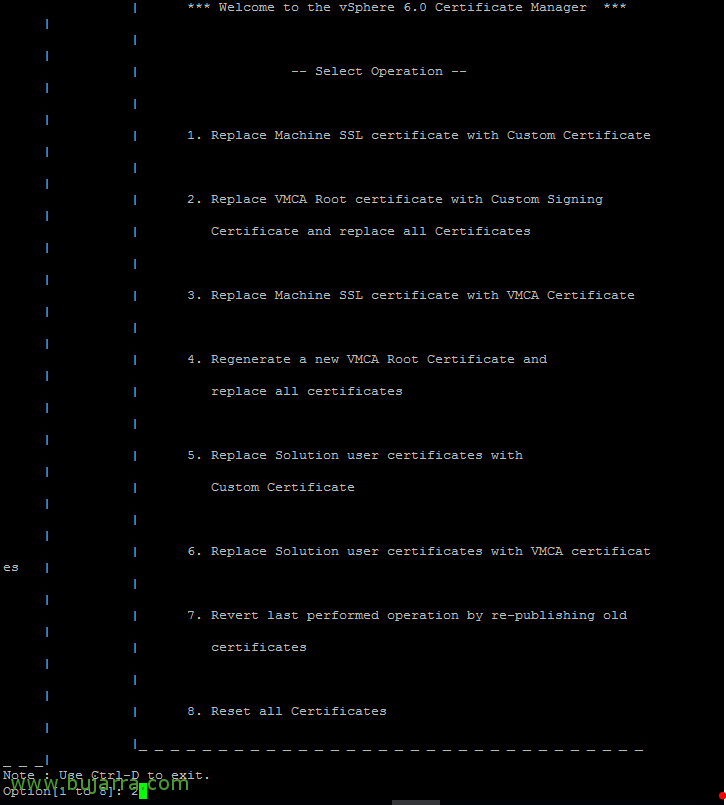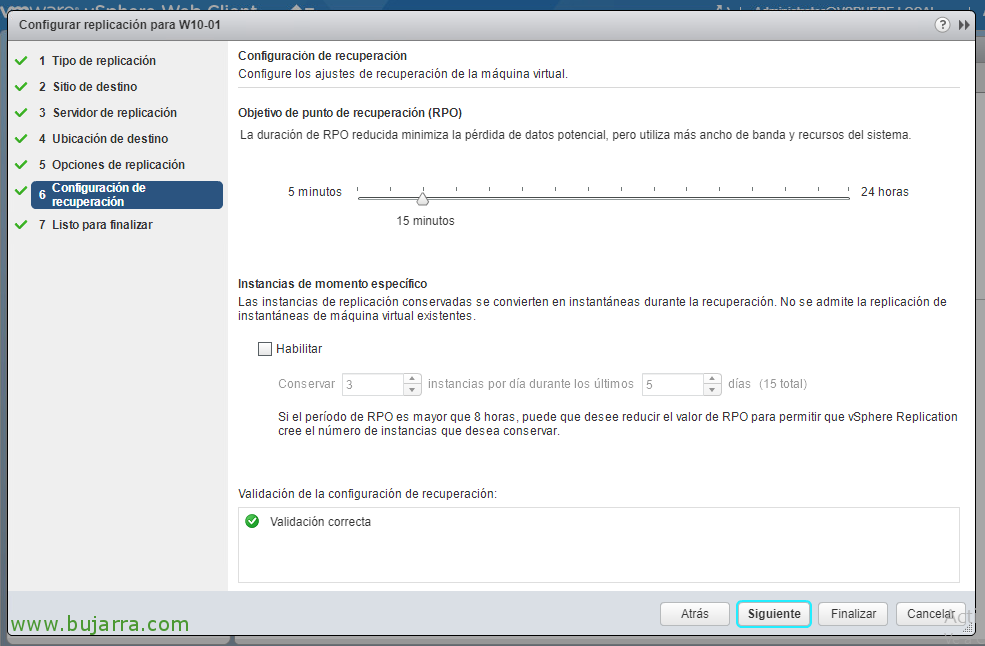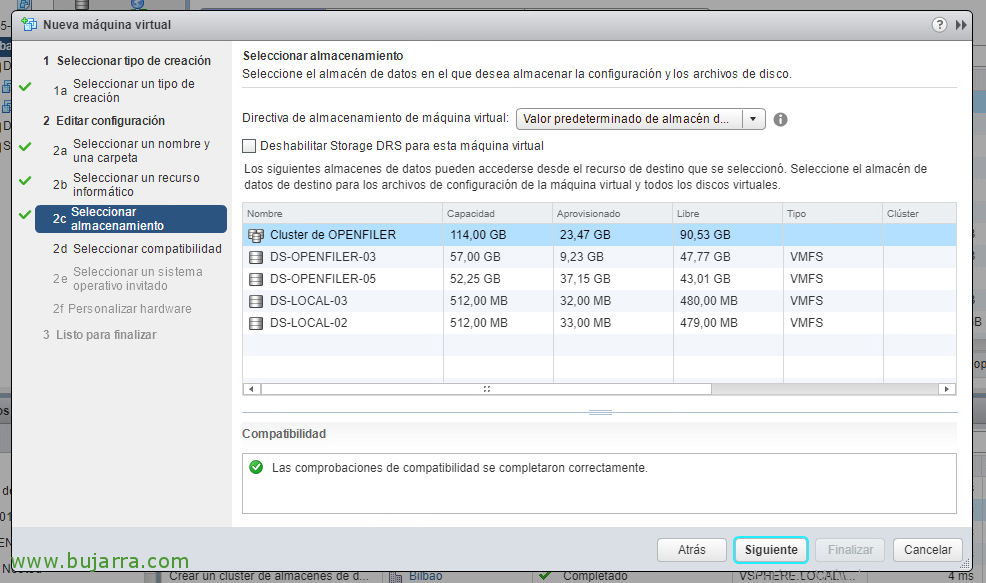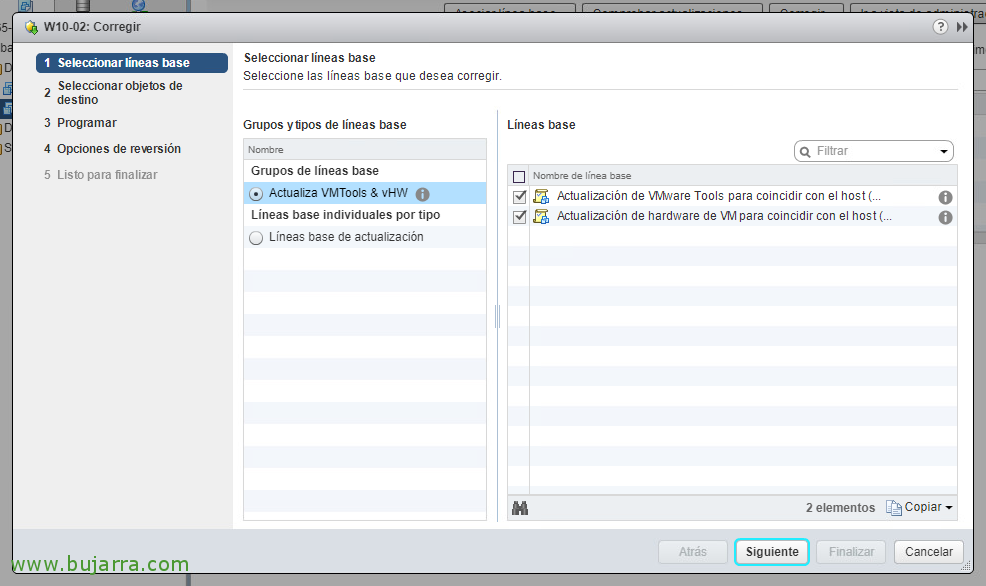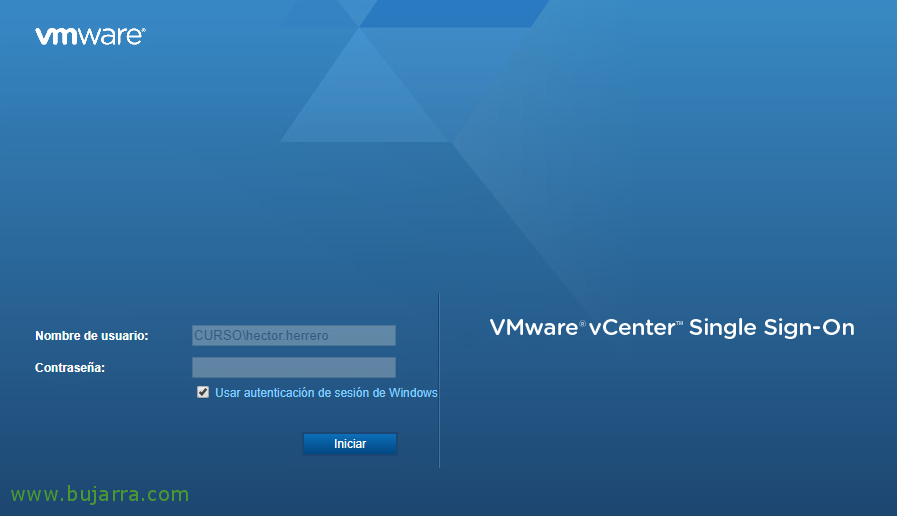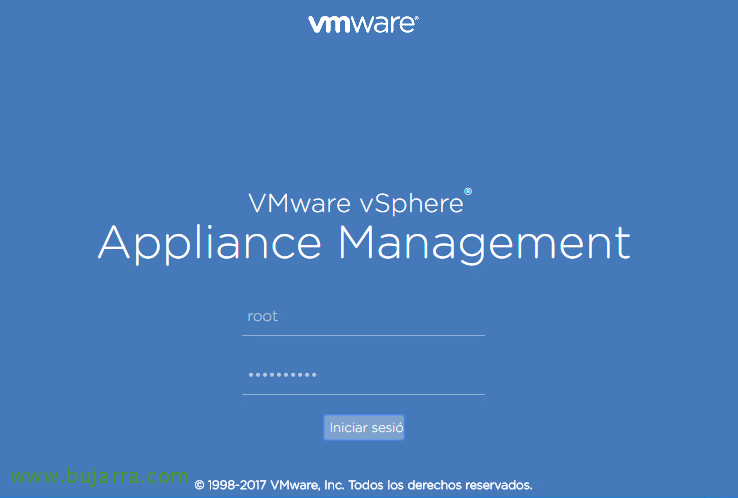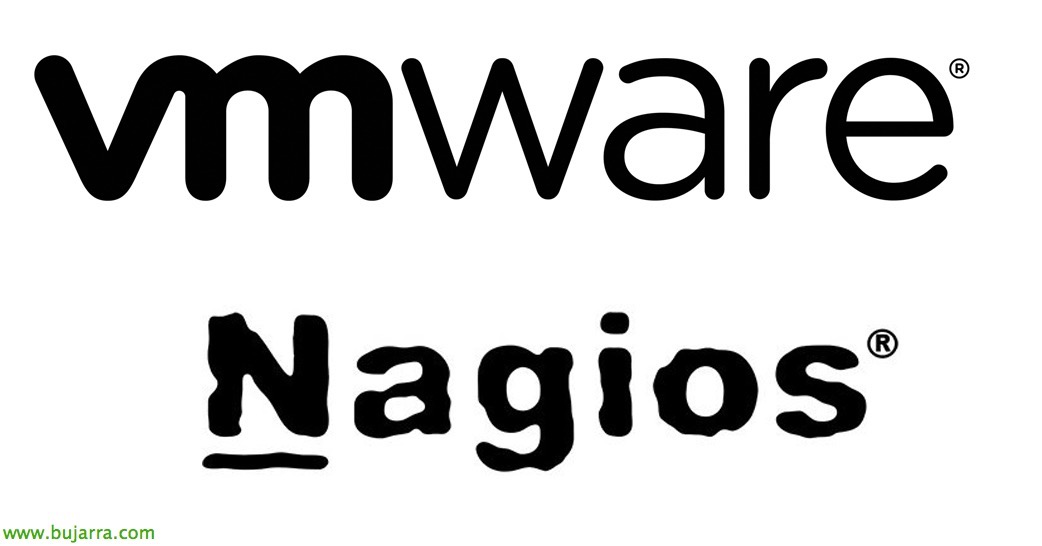Replacing Certificates in vSphere 6.5
To be able to manage certificates in vSphere 6.5, we'll see how to use the tool we have to manage the vCenter Server Certificate Authority. We must make the CA that brings the PSC a subordinate entity of our own CA of the domain and generate certificates in which we do trust and so not even the browsers will trust and other dependencies. At the end of the document, we'll look at how to change ESXi and vCenter certificates.

